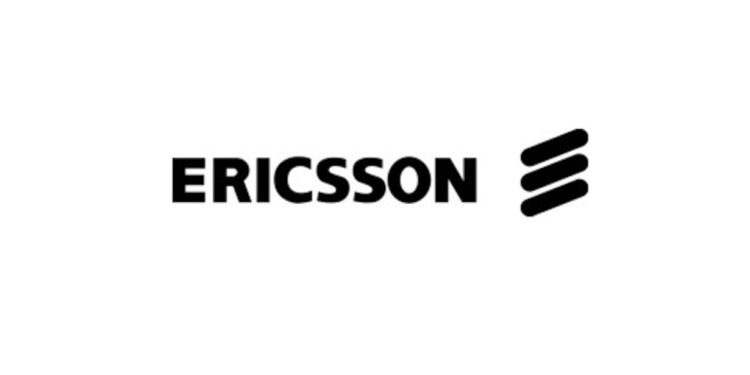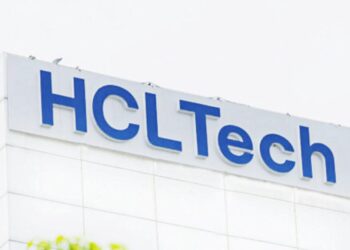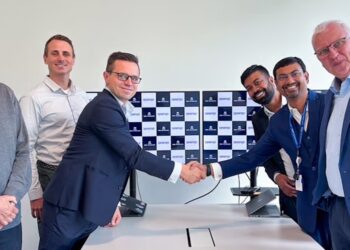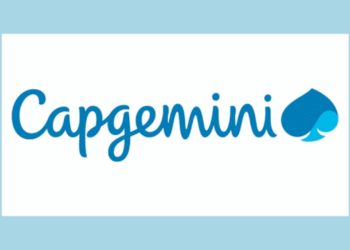Ericsson and Nokia have partnered with Berlin’s Fraunhofer Heinrich Hertz Institute (HHI) to contribute to the development of next-generation video coding standardisation, aiming to enhance immersive media and mobile video experiences in the 6G era.
This collaboration marks the first instance of these organisations combining their video codec research expertise. The researchers jointly demonstrated a new video codec that achieves substantially higher compression efficiency compared to current standards, including H.264/Advanced Video Coding (AVC), H.265/High Efficiency Video Coding (HEVC), and H.266/Versatile Video Coding (VVC), without a significant increase in complexity.
The documented research presents preliminary evidence that the technology can meet the requirements for the forthcoming phase of video coding standardisation.
The partners submitted their joint research to the International Telecommunication Union Telecommunication Standardisation Sector (ITU-T) Video Coding Experts Group and the International Organisation for Standardisation/International Electrotechnical Commission (ISO/IEC) Moving Picture Experts Group (MPEG).
Aligned with projected 6G deployment timelines, the next video codec standard is anticipated to become operational between 2029 and 2030, shaping the digital media landscape for the subsequent decade.
The forthcoming standard will be critical for a broad spectrum of video-based applications, including mobile communication, streaming, immersive experiences, and low-latency scenarios.
Expected use cases encompass the coding of professional, user-generated, and artificial intelligence (AI)-generated content, as well as gaming, three-dimensional (3D) content, machine-consumable content, and applications in automotive and industrial sectors.
Magnus Frodigh, Head of Research, Ericsson, says: “As a global connectivity leader, Ericsson is perfectly positioned to research and drive 6G enablement capabilities. We are proud to partner with Nokia and Fraunhofer HHI in video coding to combine research expertise and shape the next standard. Our partnership video codec achievement not only shows the ability of European technology leaders to come together and pioneer breakthroughs, but, by being prominent at the very start of the process, also flags our combined determination and commitment to shape the next generation of standards.”
Ville-Veikko Mattila, Head of Multimedia Technologies, Nokia, says: “Nokia’s inventors have been instrumental in the development of all market-adopted video codecs for the last three decades, including fundamental H.26x video compression technologies, and we are excited about shaping the next generation of video standards. By working together at the very start of the standardisation journey, we will ensure that the values of openness, excellence, and sustainability are embedded in the next generation of digital media experiences.”
Prof. Thomas Wiegand, Executive Director of Fraunhofer HHI, says: “Video technologies are central to the digital experiences of tomorrow. Our joint research with Ericsson and Nokia demonstrates Europe’s strong competence in advanced media technologies and its active role in global standardization efforts. This collaboration also builds upon the contributions of the broader JVET research community, whose work continues to drive progress in next-generation video coding.”
Also Read: Lenovo Unveils AI Enabled Workforce Portfolio to Transform Workplace Efficiency























